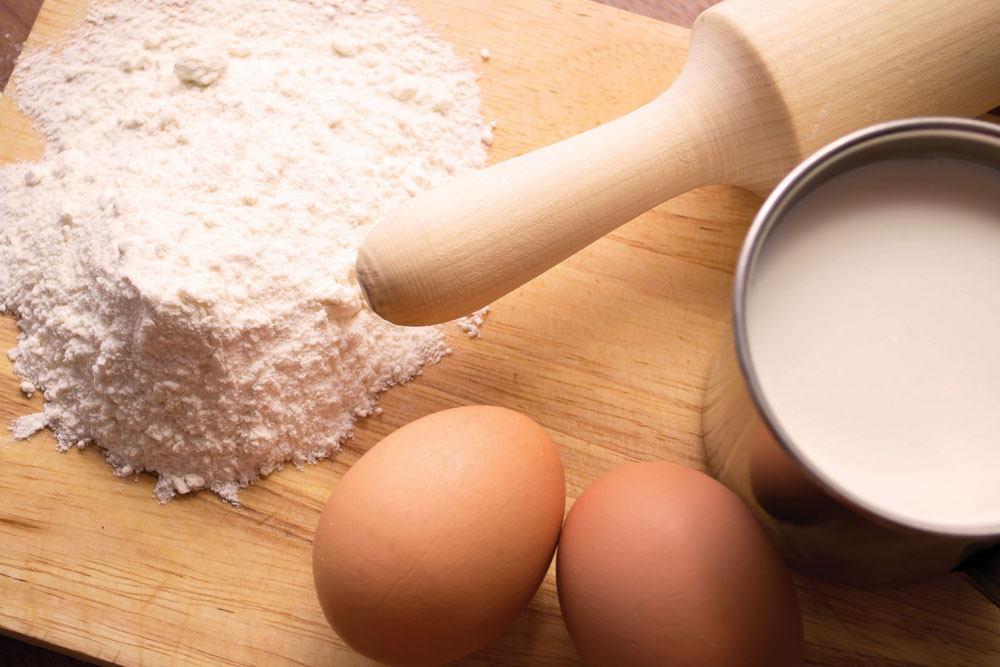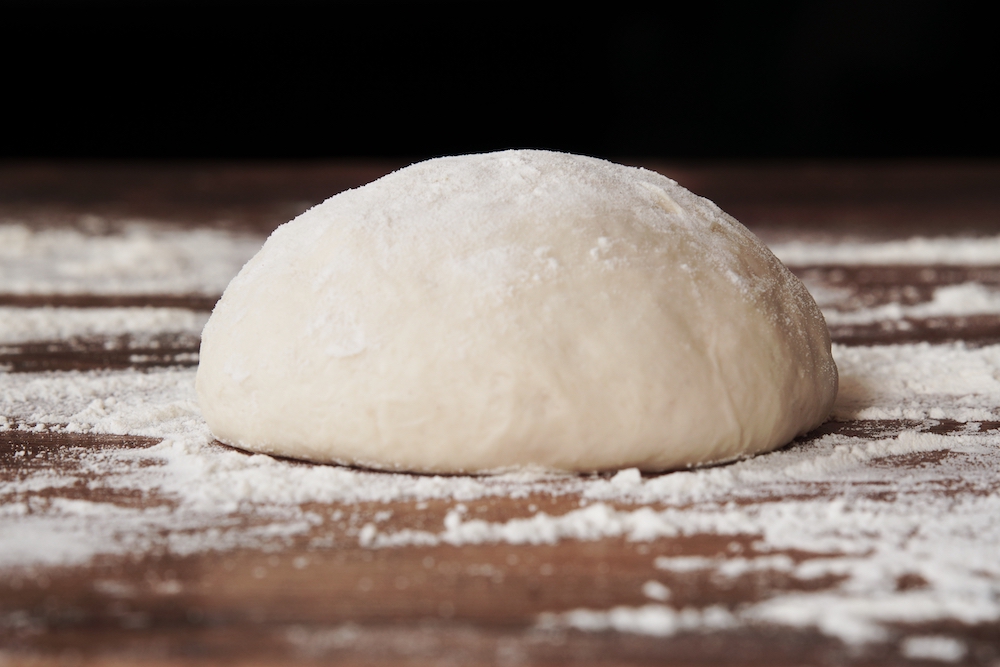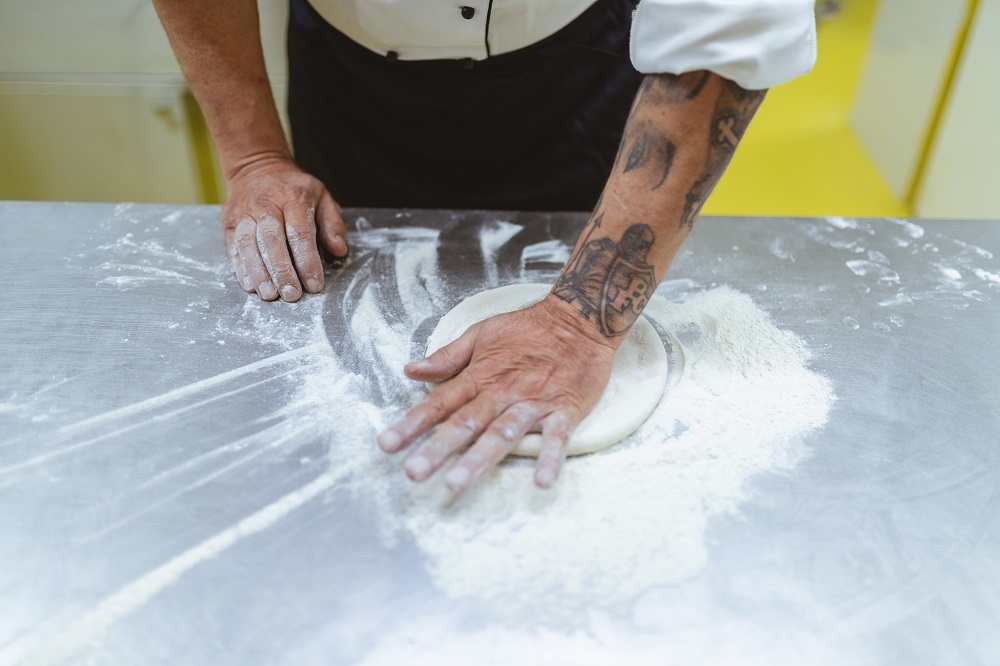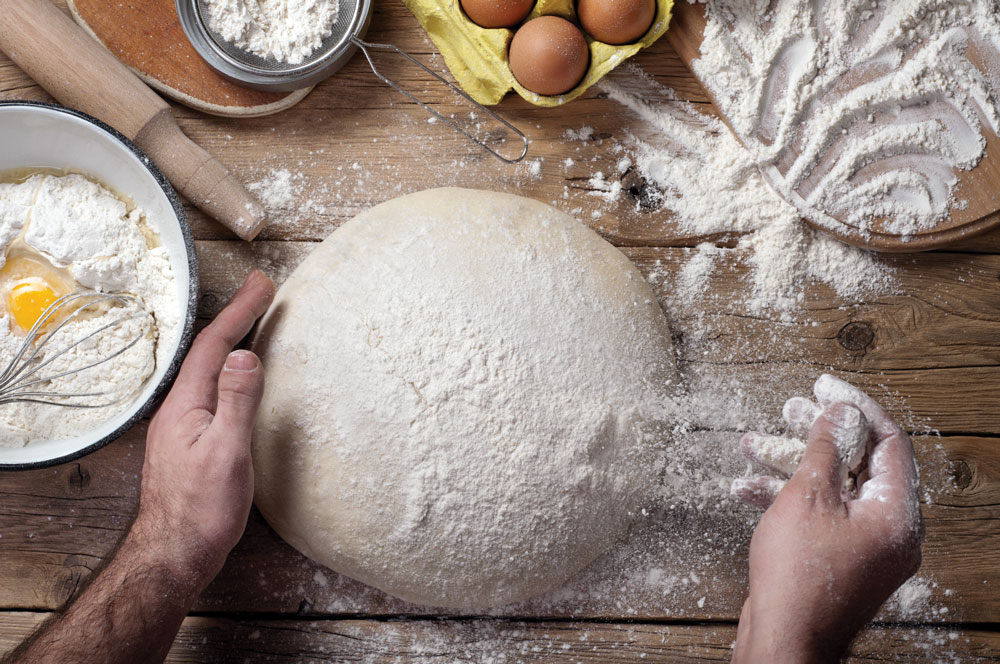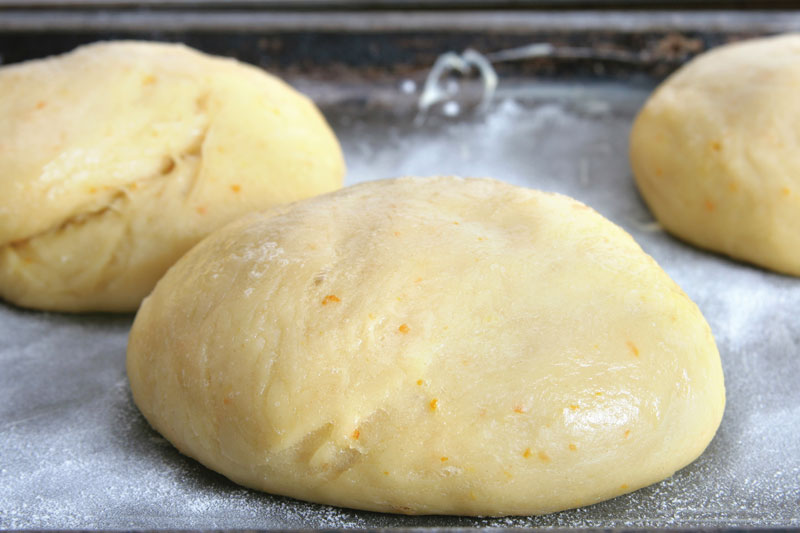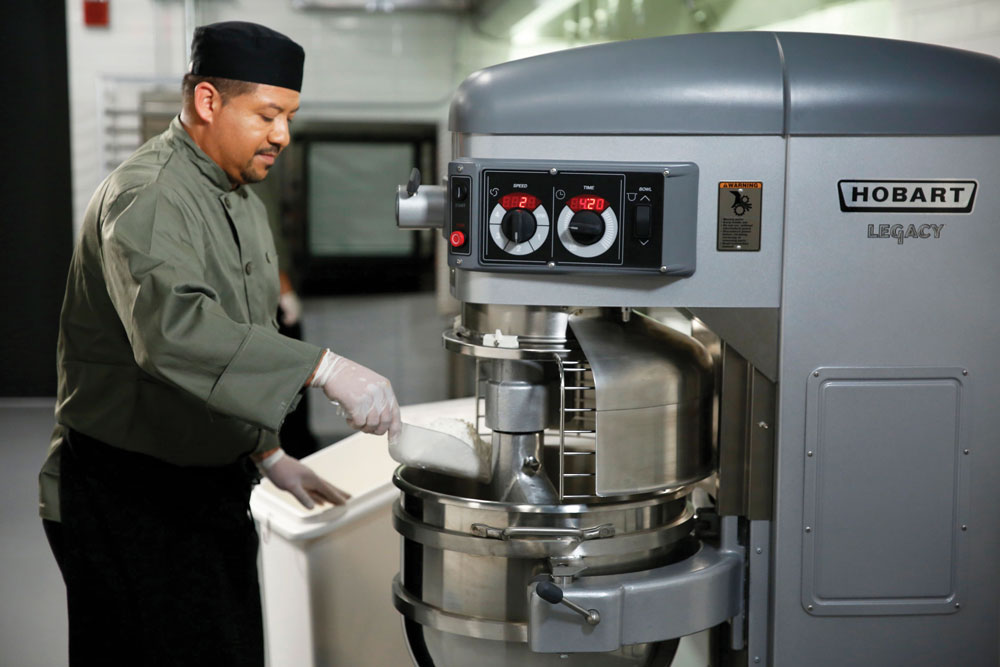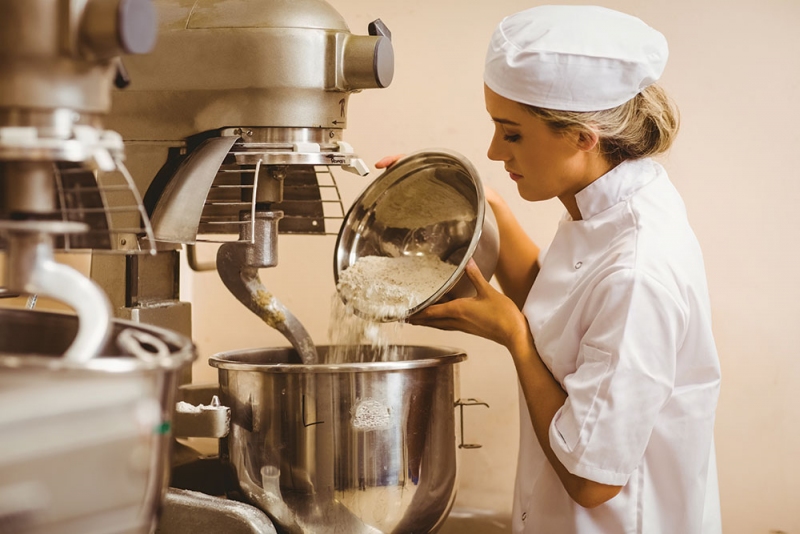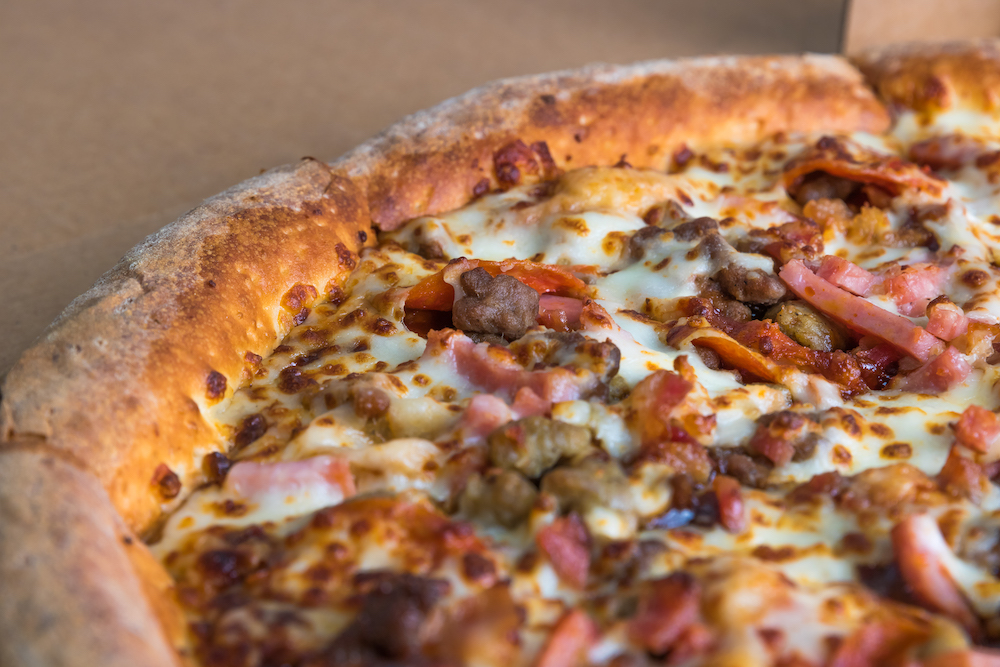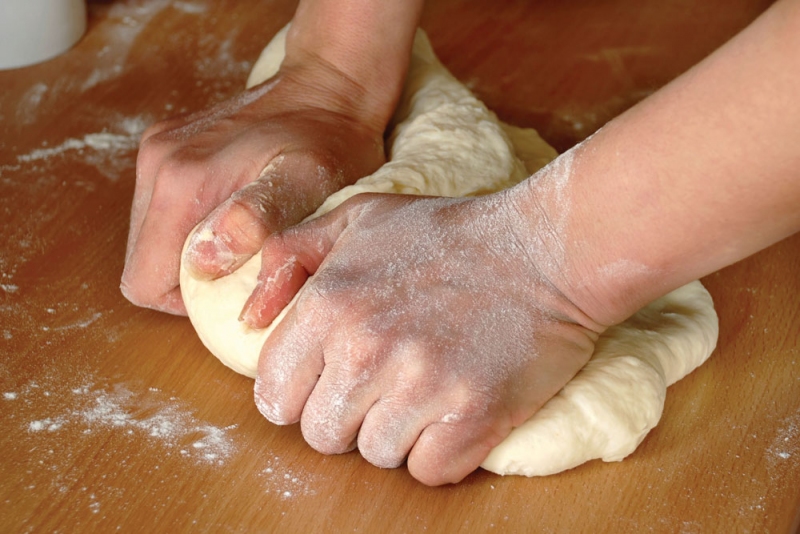QUESTION:
I recently learned about a pizza shop in Chicago that uses milk in its dough recipe. What kind of a difference can milk make in the final pizza product, and how should it be used?
ANSWER:
The function of milk in pizza, or in any other type of yeast-leavened dough, will depend largely upon the amount of milk used or added to the mix. At levels of less than 25% of the total flour weight, fluid whole milk is just a more expensive form of water. However, when you reach 5% or more of the total flour weight using dry whole-milk solids, you will begin to see added browning of the crust due to the lactose (milk sugar) in the dry whole milk. At the 8% to 10% level, you will get a flavor contribution in addition to the browning.
The calcium content of the milk, when used at levels above 4%, can act as a buffer to control acid development in the dough with long fermentation times. Keep in mind, though, that if it’s not kept refrigerated, fluid whole milk can carry some food safety risks. Additionally, it should be scalded prior to using it in dough—this will prevent unwanted softening of the dough. Scalding is not necessary when using dry whole-milk solids, but you should use high-heat, bakery-grade dry whole-milk solids rather than plain dry milk solids. You may able to find this type at the local supermarket, or you can purchase it from some restaurant or school suppliers.
One last point about milk and pizza dough: When you get up to that 5% level of dry whole milk, you might also see some strengthening of the dough due to the calcium ion effect upon the wheat gluten-forming proteins. When converting from liquid to dry milk, you should use approximately 1.5 ounces of dry whole-milk solids to replace one pound (16 ounces) of fluid whole milk, then add back 14.5 ounces of water (1.5 + 14.5 = 16 ounces).
What about milk bread? There is a standard of identity for milk bread that calls for all of the liquid added to the dough to be fluid milk. And, if you’re wondering, no, you can’t add fluid milk and water and still call it milk bread. However, you can add at least (but no less than) 8.2% dry milk solids (based on the total flour weight) along with water to hydrate the dough and still call it milk bread.



